Are you confused about Google’s Find My Device? Here are 7 things you need to know
It’s taken a while, but Google has released the long-awaited upgrade to its Find My Device network. This may come as a surprise. The update was originally announced in May 2023, but was quickly postponed due to its likely launch date. Then out of the blue Google decided to do just that release of the software on April 8 without much fanfare. This may make you feel lost, but we can help you find your way.
Here’s a list of the top seven things you need to know about the Find My Device update. We discuss what’s new in the update and which devices are compatible with the network, because not everything works and there is still work to be done.
1. It’s a major upgrade to Google’s old Find My Device network
The previous network was very limited in what it could do. It could only detect a single Android smartphone or Wear OS smartwatch. However, that limitation is now gone as Find My Device can sniff out other devices; specifically Bluetooth location trackers.
Gadgets also don’t need to be connected to the internet or have location services turned on, as the software can detect them as long as they are within Bluetooth range. However, Find My Device doesn’t tell you exactly where the devices are located. Instead, you will be shown an approximate location on your on-screen map. Ultimately, you will have to do the legwork yourself.
Find My Device works similarly to Apple’s Find My network, so “location data is end-to-end encrypted,” meaning no one, don’t even google itcan take a look.
2. Google waited for Apple to add support to iPhones
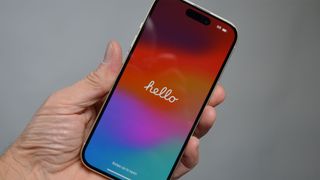
The update was supposed to be released in July 2023, but had to be postponed by Apple. Google was concerned about unwanted location trackers and wanted Apple to introduce “similar protections for iOS.” Unfortunately, the iPhone manufacturer decided to hold off on adding warnings for unknown trackers to its own iPhone devices.
The wait may soon be over, because the iOS 17.5 beta contains lines of code that suggest the iPhone will soon get these anti-stalking measures. Soon, iOS devices will be able to encourage users to disable unwanted Bluetooth trackers that aren’t certified for Apple’s Find My network. It’s unknown when this feature will roll out, as the features in the beta don’t actually do anything when enabled.
Given the presence of unwanted location tracker software in iOS 17.5, Apple’s release may be imminent. Apple may have given Google the green light to roll out the Find My Device upgrade ahead of time in preparation for their own software launch.
3. It will be rolled out worldwide

Google states that the new Find My Device will be rolled out to all Android devices worldwide, starting in the US and Canada. A company representative told us that other countries will receive the same update in the coming months, although they couldn’t give us an exact date.
Android devices must meet a number of requirements to support the network. Luckily they aren’t super strict. All you need is a smartphone with Android 9 and Bluetooth capabilities.
If you own a Pixel 8 or Pixel 8 Pro, you get an exclusive feature: the ability to find a phone over the network even when the phone is turned off. Google representatives said these models have special hardware that allows them to send power to their Bluetooth chip when turned off. Google is working with other manufacturers to bring this feature to other premium Android devices.
4. You receive unwanted tracker alerts
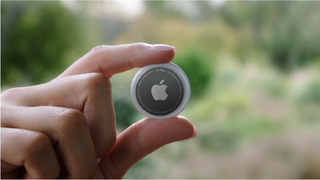
Apple AirTags are intended to be attached to commonly lost items, such as house keys or luggage, so you can easily find them. Unfortunately, several bad eggs have used them in a cheap way stalk targets. Google would eventually update Android by offering users a way to detect unwanted AirTags.
For almost a year, the operating system could only look up AirTags, but now with the upgrade, Android phones can locate Bluetooth trackers from other third-party brands like Tile, Chipolo, and Pebblebee. It is by far the most important feature in the update as it ensures your privacy and security.
You cannot find out who placed a tracker on you. According to a message on the company Security BlogOnly the owner can view that information.
5. Chipolo and Pebblebee will soon launch new trackers for it
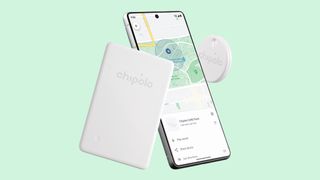
Speaking of Chipolo and Pebblebee, the two brands have announced new products that will take full advantage of the renewed network. Google representatives confirmed to us that they will be “compatible with unknown tracker alerts on Android and iOS.”
On May 27 we will see the introduction of the Chipolo ONE Point item tracker and the Chipolo CARD Point wallet finder. You can find the location of whatever item they are associated with through the Find My Device app. The pair will also have speakers on them that emit a loud sound so you can see where they are. Additionally, Chipolo’s products have long battery life: Chipolo says the CARD finder can last up to two years on a single charge.
Pebblebee achieves something similar with their Tag, card and clip trackers. They are small and light and can be attached to larger objects. Plus, the trios all have a loud buzzer to make them easy to locate. These three are available for pre-order now, although no ship date has been given.
6. It works great with your Nest products
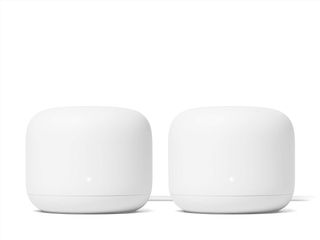
Smart home users can connect the Find My Device app to a Google Nest device to find lost items. An on-screen animation shows a series of images showing all the Nest hardware in your home as the network tries to find the missing item. Please note that the technician cannot give you an exact location.
A short video about the official announcement shows that there will be a message telling you where it was last seen, what time it was, and whether another smart home device was next to it. Next to the text is a refresh option in case the lost item does not appear.
Below the message you will find some tools to help you locate the message. You can play a sound through the tracker’s speakers, share the device, or mark it as lost.
7. Headphones are also invited to the tracking party
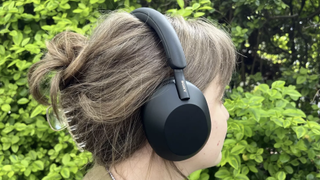
Believe it or not, some treacherous individuals have used earbuds and headphones to stalk people. To help combat this, Google has equipped Find My Device with a way to detect a select number of earbuds. The list of supporting hardware is not large, as only three specific models can be found. They are the JBL Tour Pro 2, the JBL Tour One M2 and the high-end Sony WH-1000XM5. Apple AirPods are not on the list, although support for them could arrive at a later date.
Quite an extensive list as you can see, but it’s all important information to know. Everything will work together to keep you safe.
Check out Ny Breaking’s list of the best Android phones for 2024.
